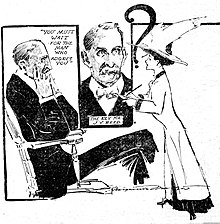Journalism in the United States began humbly and became a political force in the campaign for American independence. Following independence, the first amendment to the U.S. Constitution guaranteed freedom of the press and freedom of speech. The American press grew rapidly following the American Revolution. The press became a key support element to the country's political parties, but also for organized religious institutions.

During the 19th century, newspapers began to expand and appear outside the cities of the Eastern United States. From the 1830s onward the penny press began to play a major role in American journalism. Technological advancements such as the telegraph and faster printing presses in the 1840s helped expand the press of the nation, as it experienced rapid economic and demographic growth.
By 1900, major newspapers had become profitable powerhouses of advocacy, muckraking and sensationalism, along with serious, and objective news-gathering. In the 1920s, technological change again changed American journalism as radio began to play a new role, followed by television in the 1950s and internet in the 1990s.
In the late 20th century, much of American journalism merged into big media conglomerates (principally owned by media moguls like Ted Turner and Rupert Murdoch). With the coming of digital journalism in the 21st Century, newspapers faced a business crisis as readers turned to social media for news and advertisers followed them to services such as Facebook.
© MMXXIII Rich X Search. We shall prevail. All rights reserved. Rich X Search
